<<Ms Kristal Yong (middle) and her mother, Mdm Lim Hwee Ping, with her care team (from left) Clinical Associate Professor Sunny Shen, Clinical Associate Professor Kiatissa Sommat and Associate Professor Joyce Lam.>>
Collaborative effort led to the success of this radiation treatment administered on children for the first time in Singapore.
During the COVID-19 pandemic, a multidisciplinary team across SingHealth turned despair into hope for two young patients and their families. Both patients had a rare type of cancer (rhabdomyosarcoma) that affects muscle tissue, mostly in children and adolescents, and had their tumours in uncommon, delicate locations. Eleven-month- old Nguyen Hai Dang had embryonal rhabdomyosarcoma of the prostate. The other patient, Kristal Yong, 11, had an orbital rhabdomyosarcoma in the right eye socket.
Conventional treatments, such as surgically removing the tumour and the surrounding tissues, and conventional external beam radiotherapy, were not the patients’ and their parents’ treatments of choice.
“Surgery would be very invasive and may possibly result in loss of function and affect the patients’ quality of life,” said Clinical Assistant Professor Jeffrey Tuan, Head and Senior Consultant, Department of Gastrointestinal, Hepato-Pancreato-Biliary and Urology, Division of Radiation Oncology, National Cancer Centre Singapore (NCCS) (below).
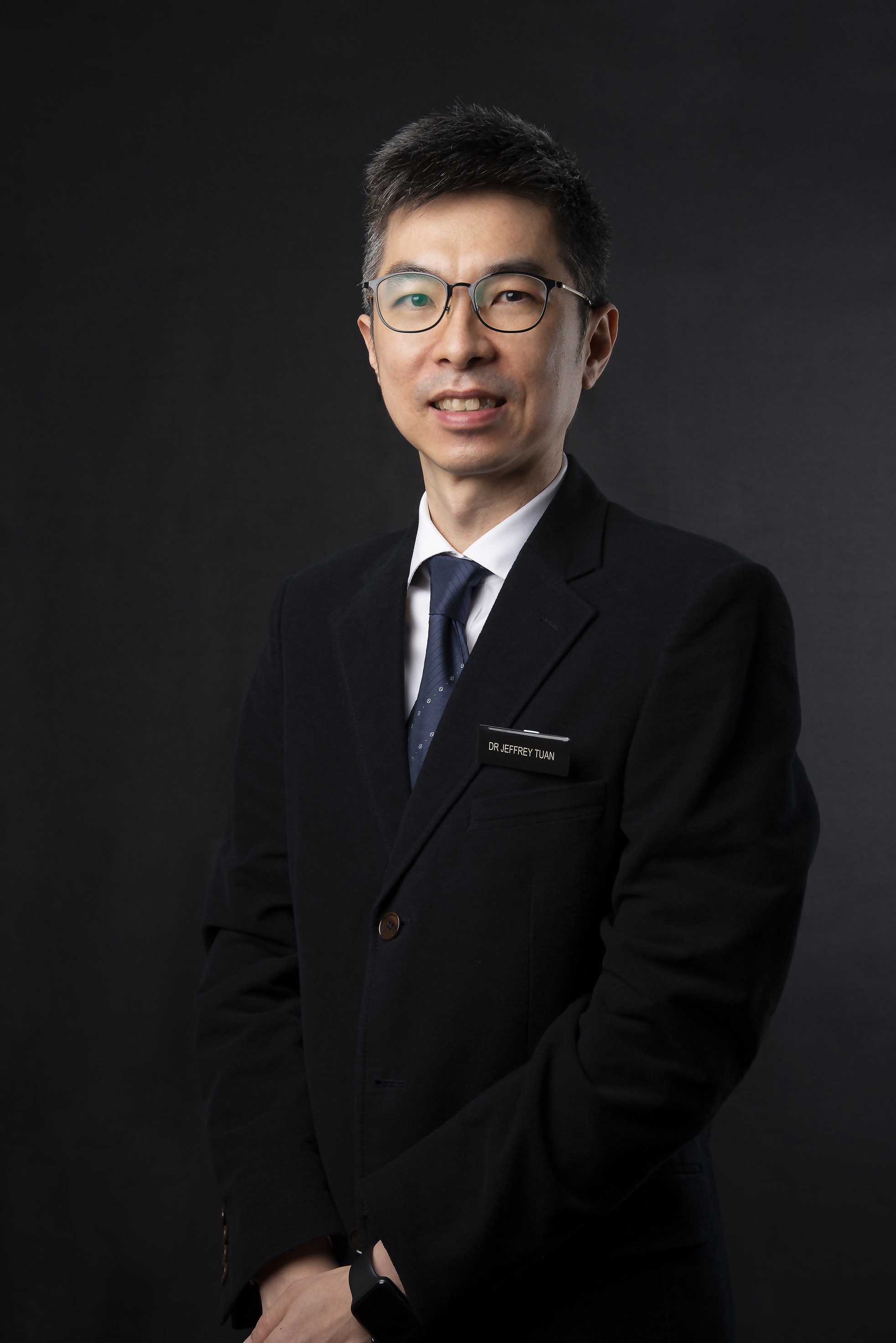
Similarly, conventional external beam radiotherapy, which delivers radiation to the tumour from external sources, comes with its set of trade-offs. “Radiation energy delivered to the tumour scatters into regions beyond, which in these cases contained sensitive and delicate structures of the eye (for Kristal) and urinary tract (for Hai Dang),” explained Dr Enrica Tan, Senior Consultant, Haematology/Oncology Service, Department of Paediatrics, KK Women’s and Children’s Hospital (KKH) (below).
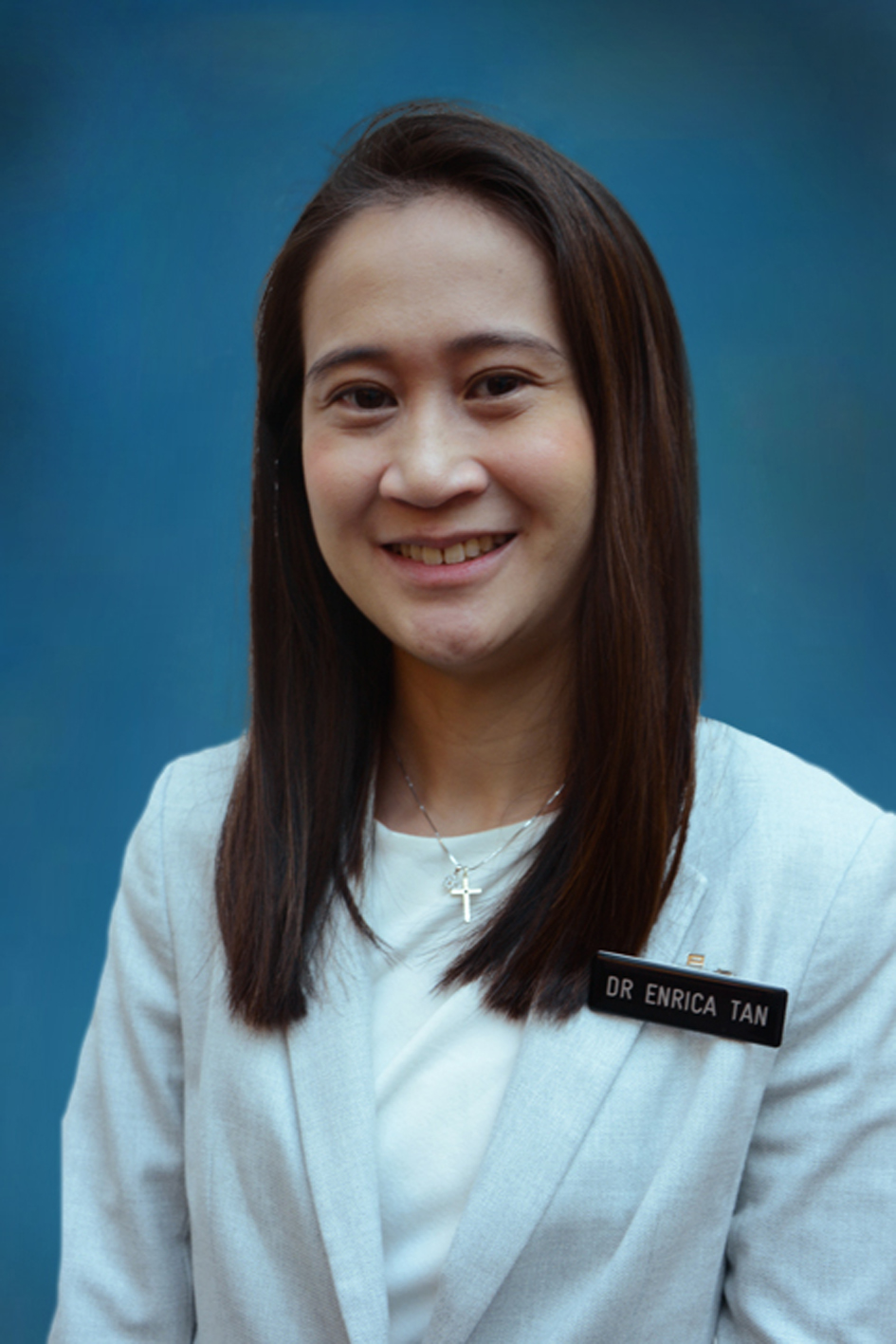
Eventually, the care team decided to use a radiation treatment known as ‘interstitial brachytherapy’. Unlike conventional external beam radiotherapy, interstitial brachytherapy delivers a more targeted and precise dose of radiation into the tumour through delivery devices, such as plastic needles or catheters.
According to Clin Asst Prof Tuan, this treatment results in less radiation dose to the surrounding tissues and potentially fewer side effects in the long term. “Interstitial brachytherapy achieves organ preservation, retains quality of life and reduces the possibility of late radiation effects,” he said.
It would be the first time that interstitial brachytherapy on paediatric patients was performed in Singapore, so naturally there were many concerns. One priority, Dr Tan shared, was building rapport with the patients and their parents, and gaining their trust to carry out the treatment.
The planning process was extensive with consultations across the many departments and specialities involved. Various considerations were taken into account, such as the availability of specialised skills, good workflow and standard operating procedures among the teams from Singapore General Hospital (SGH), NCCS and KKH, Clin Asst Prof Tuan said.
SGH and NCCS have jointly performed interstitial brachytherapy in more than 40 adult patients with prostate cancer before, and each patient case was unique and posed various challenges.
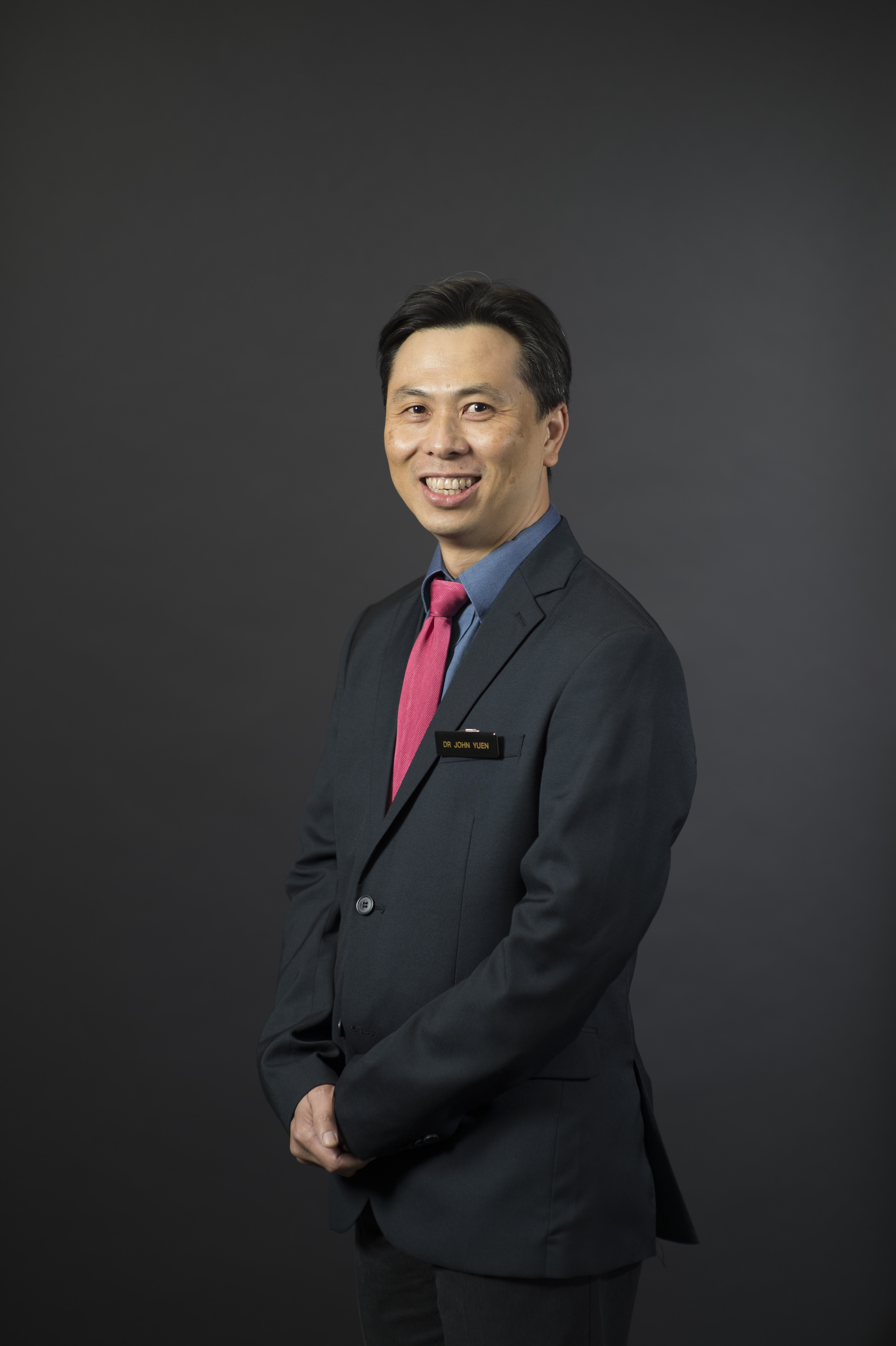
Associate Professor John Yuen Shyi Peng, Head and Senior Consultant, Urology Department, SGH (above), said that a key challenge when planning Hai Dang’s treatment was the uncertainty over how the technique and instruments used for adult prostate cancer patients could be applied on an 11-month-old boy.
“We had to modify the technique used. We also did a tabletop exercise and a virtual walkthrough to ensure maximum precision and accuracy,” he said.
The teams also sought expert opinion from overseas centres with experience in interstitial brachytherapy.
Although Kristal and Hai Dang were seeking treatment at KKH, Dr Tan said they were transported to NCCS daily for their treatments. All of this took place during the peak of the pandemic and additional approvals from the authorities were required for the patients to be treated across hospitals.
Teamwork makes the dream work
Assoc Prof Yuen said that teamwork and clear communication among the various departments were instrumental in delivering the complex treatment plans. The teams met virtually on a regular basis to discuss the management options. “We also had a group chat, where we updated one another on the patients’ condition every day. Those updates were vital,” he added.
The main care team also comprised Dr Wong Ru Xin, Consultant, Department of Lymphoma, Sarcoma, Neurology and Paediatrics, Division of Radiation Oncology, NCCS; Clinical Assistant Professor Kiattisa A/P Sommat, Senior Consultant, Department of Breast and Gynaecology, Division of Radiation Oncology, NCCS; Dr Amos Loh Hong Pheng, Senior Consultant, Department of Paediatric Surgery, KKH; Associate Professor Joyce Lam Ching Mei, Senior Consultant, Haematology/Oncology Service, Department of Paediatrics, KKH; and Clinical Associate Professor Sunny Shen, Head and Senior Consultant, Department of Oculoplastic, Singapore National Eye Centre.
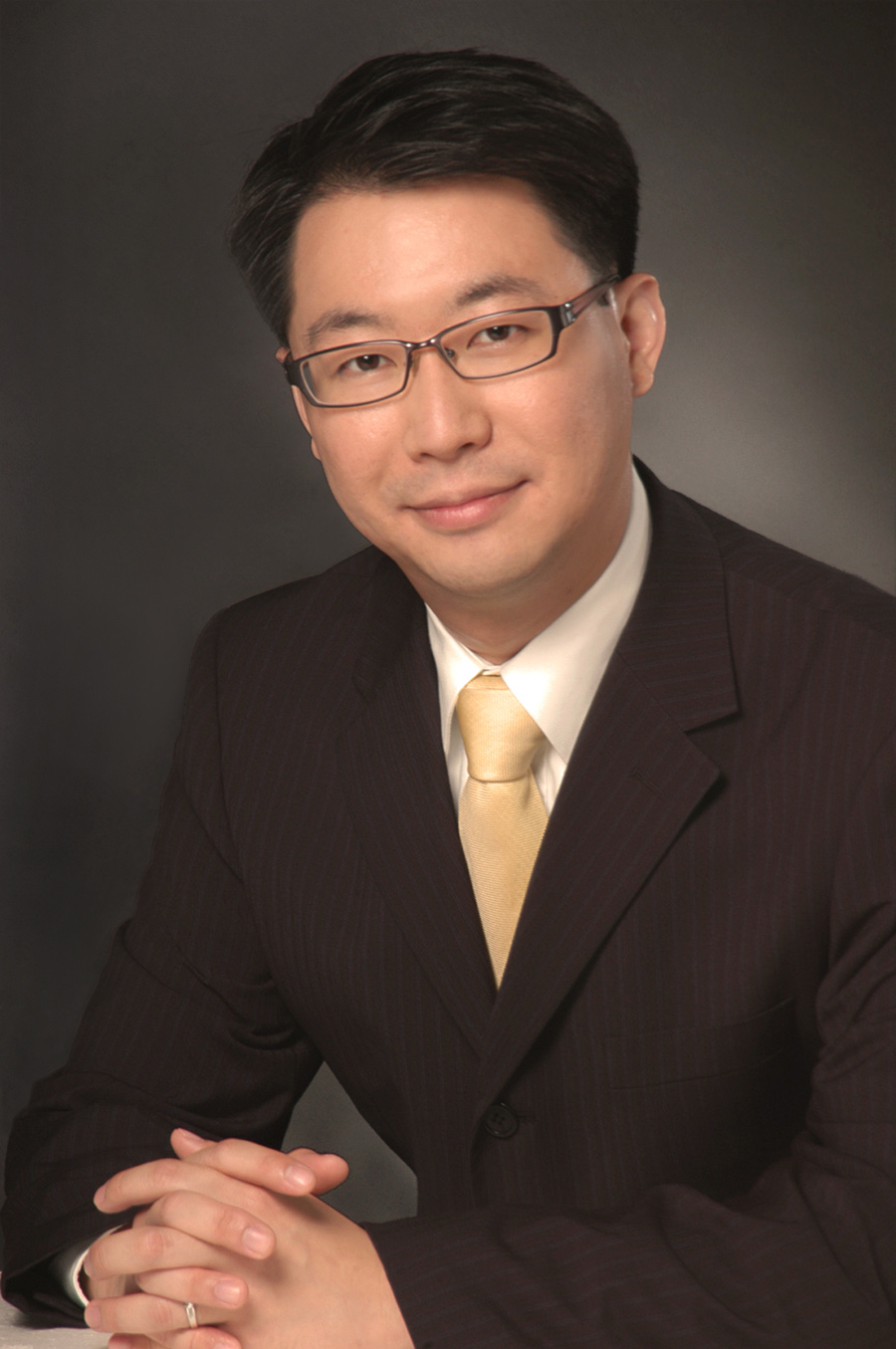
<<Clinical Associate Professor Sunny Shen, Head and Senior Consultant, Department of Oculoplastic, Singapore National Eye Centre>>
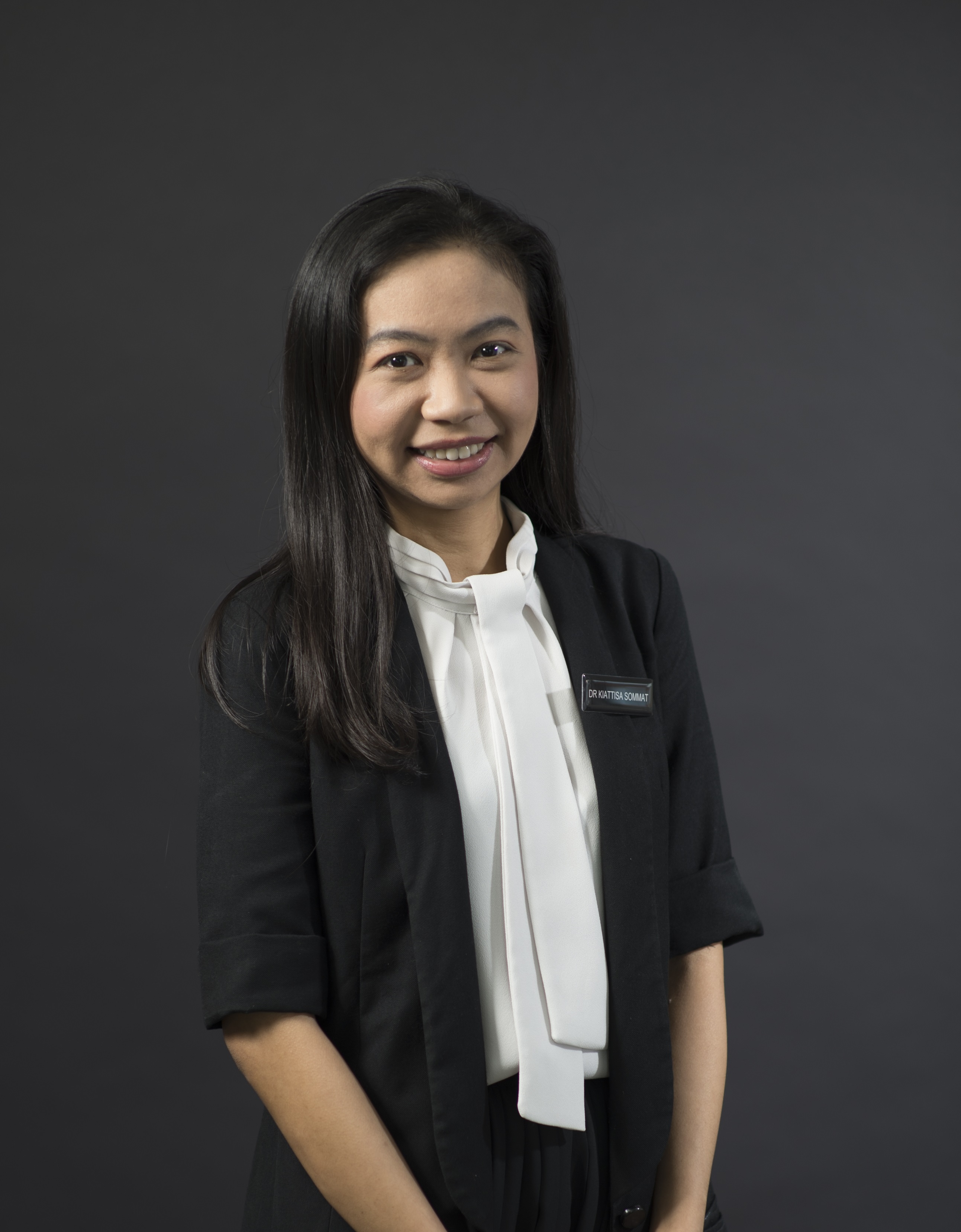
<<Clinical Assistant Professor Kiattisa A/P Sommat, Senior Consultant, Department of Breast and Gynaecology, Division of Radiation Oncology, NCCS>>
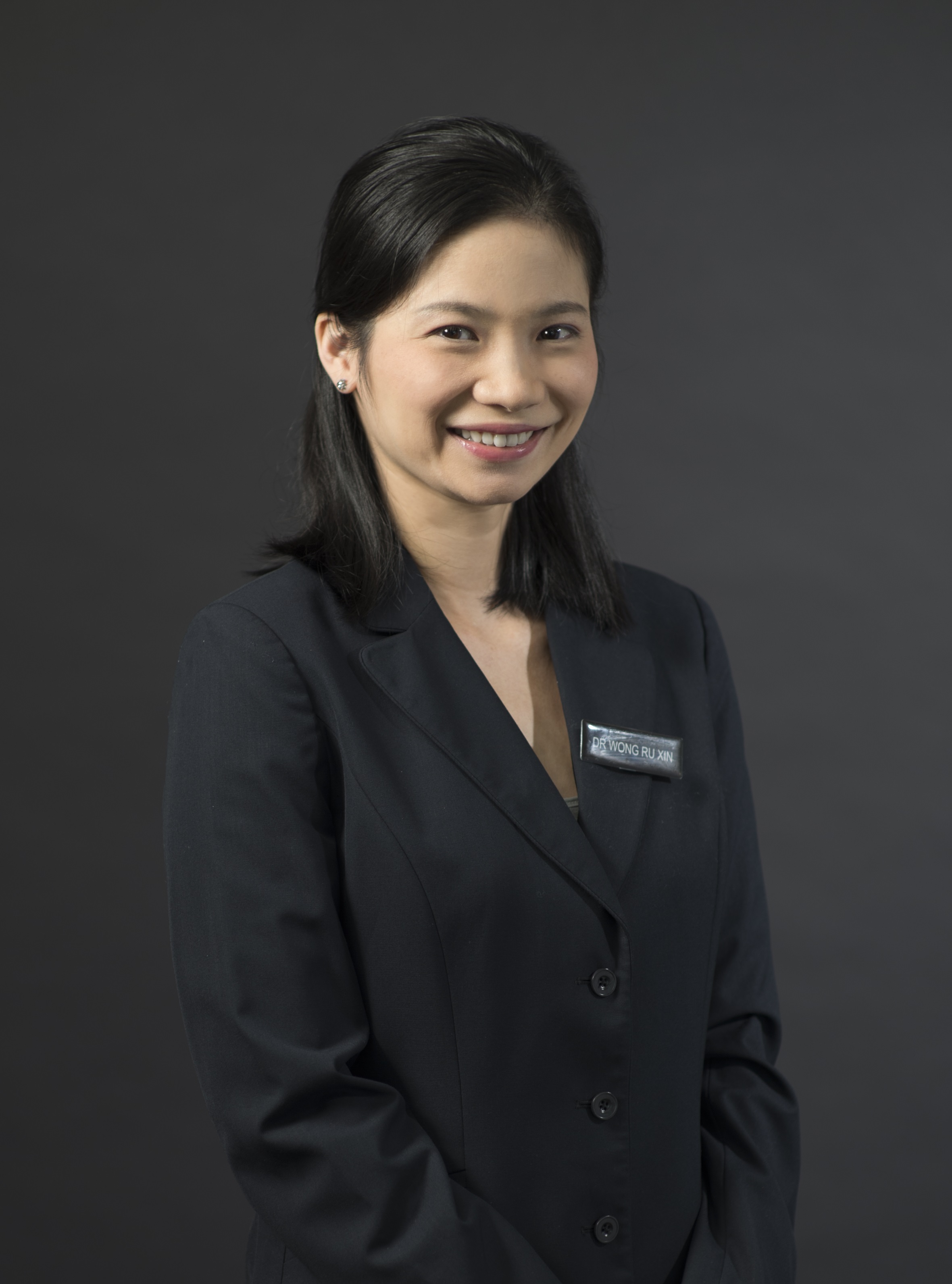
<<Dr Wong Ru Xin, Consultant, Department of Lymphoma, Sarcoma, Neurology and Paediatrics, Division of Radiation Oncology, NCCS>>
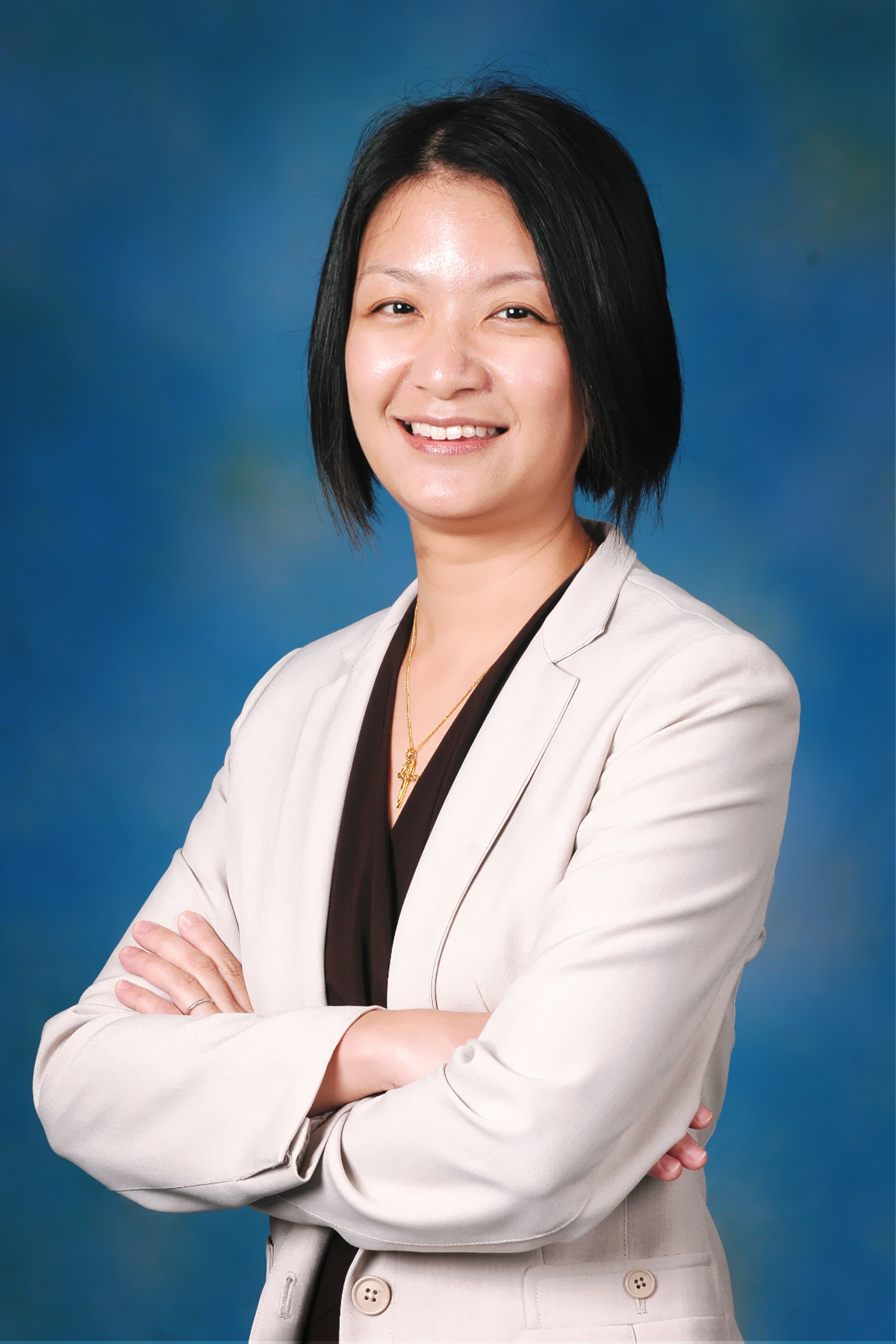
<<Associate Professor Joyce Lam, Senior Consultant, Haematology/ Oncology Service, Department of Paediatrics, KKH>>
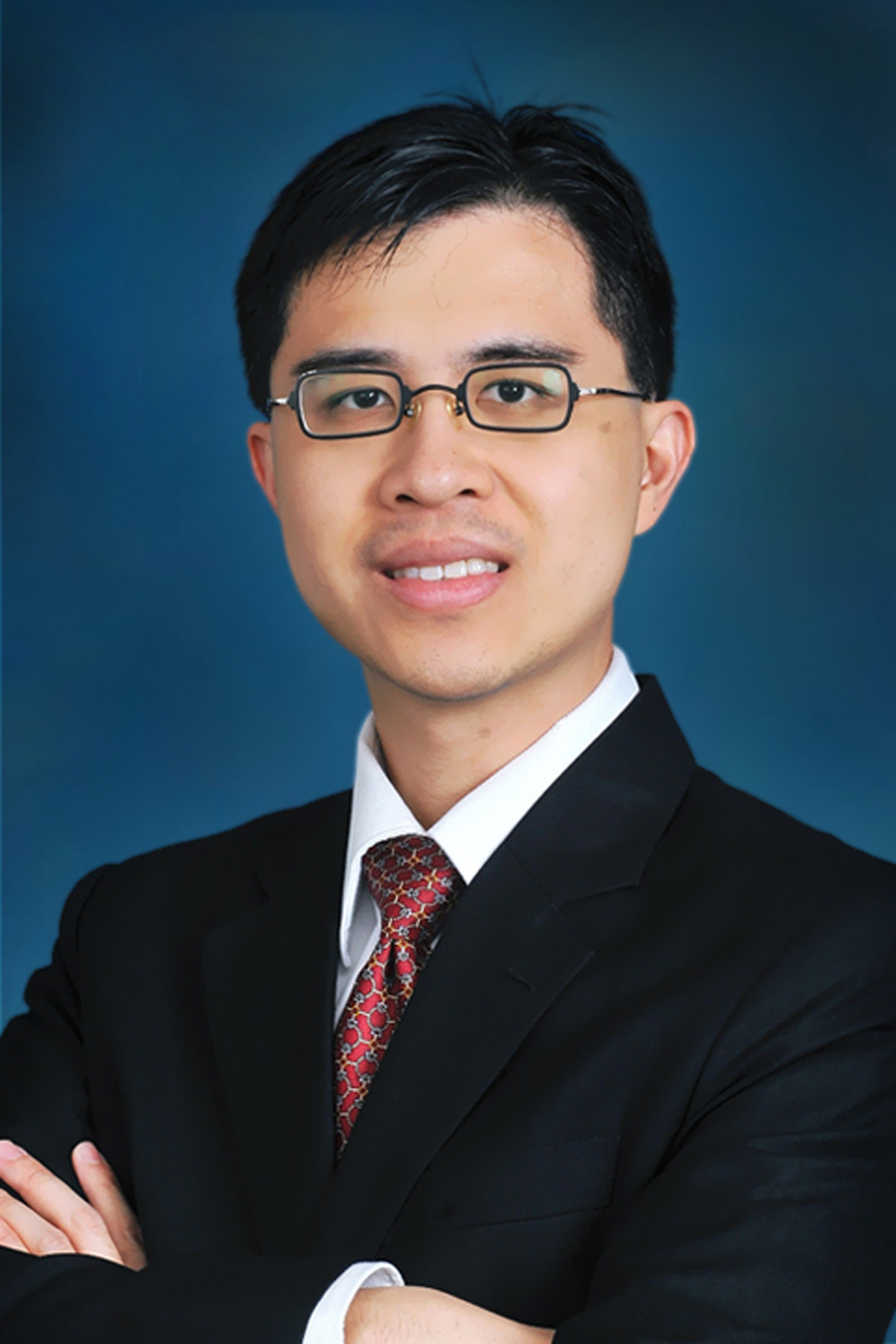
<<Dr Amos Loh Hong Pheng, Senior Consultant, Department of Paediatric Surgery, KK Women’s and Children’s Hospital (KKH)>>
Both Kristal and Hai Dang are currently well, with no active cancer cells detected, and are regularly monitored by their care teams.
“Everyone in the team shared the success and joy. We are happy that the two young patients, who have a long life ahead of them, experienced such good outcomes,” Dr Tan said.
Get the latest updates about Singapore Health in your mailbox! Click here to subscribe.
